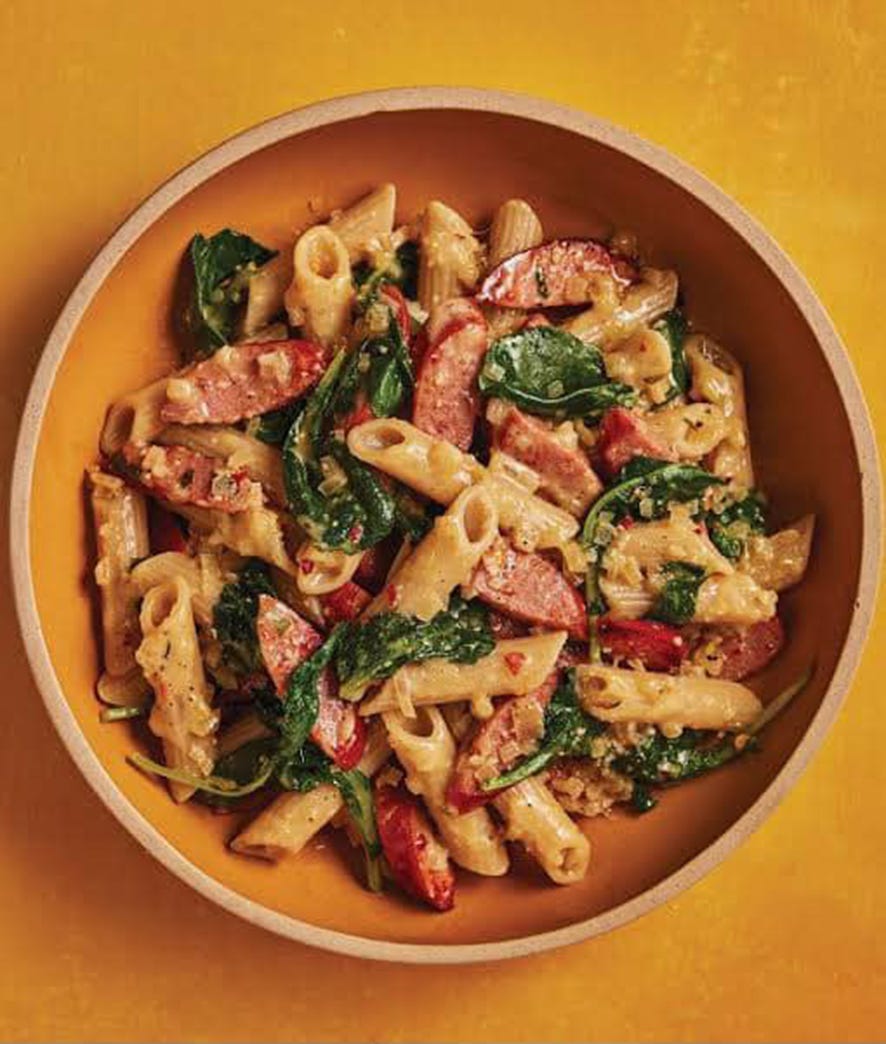Food Culture of International Students in Japan
by Ami Konno, Zhang Yue, Huang Xinyu
Group Project
by Ami Konno, Zhang Yue, Huang Xinyu
Food Culture of International Students in Japan
Japan is widely recognized for its unique food culture. The number of international students is increasing and we want to know their food experiences in Japan by comparing Japanese and their own food culture. How international students who studying in Japan adopting a new food environment? In this report, we interviewed three international students from different countries in Japan about food culture. The purpose of this interview is understanding the differences between Japanese food culture and others and how international students feel for food culture.
Interviewee: Faye
Country: United States
Dates: May 23, 2025
Question 1: What impressions or expectations did you have about Japanese food culture before coming to Japan?
Answer 1:
I am not sure what I thought Japanese food would be like, but I did not expect so many things to be sweet, especially dishes like curry that I thought would be savory. Of course, I know popular food like sushi, miso soup, and ramen as Japanese food but that was just what I know for Japanese food. When I ate curry in Japan first, I was surprised the sweetness and also other food tastes like soft so that was not my images.
Question 2: What Japanese dishes do you like or eat often? Can you share some specific experiences?
Answer 2:
I think my favorite Japanese food is onigiri, just because it is really simple but tasty, and it is something that I have learned to make myself. Onigiri is made from just rice, seaweed and some other main food inside but it has lots of variety what it contains inside. We can get onigiri from convenience store as well but I prefer making them myself.
Question 3: What are some differences between Japanese food culture and that of your home country?
Answer 3:
I feel like a lot of Japanese food relies on the same kinds of dishes, with experimenting within a category. American food we consume is a mixture of dishes brought in from abroad with spin on them, so there’s a really large variety of food eaten in the US. However, I found different variety in Japanese food, which means there are many seasonable food in Japan and it is interesting.
Question 4: Are there any food that you often eat after came here?
Answer 4:
I have been eating a lot of soba recently, which I usually do not eat in any form in the US. It is pretty nice though. Before coming here, I did not know much about soba but I had heard of it like a Japanese famous food. After trying soba here, I became addicted. I think it is healthy noodle compared ton other noodle like pasta or ramen. Also soba with wasabi is great.
Conversation with interviewee:
I asked her to show me some traditional or favorite American food and she show me the photo above and explained it. It is called Kielbasa pasta. It is just a pasta dish, but it features a meat called Kielbasa that is popular in Eastern Europe and came to America via the Dutch. She said that I think, I just know that it is associated with the Pennsylvania Dutch nowadays.
Interviewee: Li Wanyue
Date: May 22, 2025
Location: Meiji Gakuin University
Question 1: What impressions or expectations did you have about Japanese food culture before coming to Japan?
Answer 1:
Before coming to Japan, most of my impressions of Japanese food came from anime, TV shows, and social media. Shows like Midnight Diner and Kodoku no Gurume gave me the idea that Japanese cuisine is warm, delicate, and full of care. I was especially attracted to dishes like ramen, sushi, and bento — they looked delicious and beautifully presented.
I was particularly looking forward to tasting famous local foods that are hard to find in China, such as Ichiran Ramen and authentic sushi. I had heard that the broth of Ichiran was rich and layered, very different from what we could get back home. I was also curious about the culture behind food — like how Japanese people say “Itadakimasu”before eating and “Gochisousama deshita” after meals, which showed a kind of respect and gratitude towards food.
On the other hand, I was a bit worried. People said Japanese food portions were small, and the flavor was too light, so I wondered if I’d feel full or if I could get used to it. Looking back now, those thoughts were quite innocent — I ended up loving many Japanese dishes once I tried them.
Question 2: What Japanese dishes do you like or eat often? Can you share some specific experiences?
Answer 2:
At school, I often eat at Sukiya. It’s affordable, fast, and reliable. I usually order beef bowls, chicken curry rice, or the seasonal hot pot meals in winter. I also enjoy the miso soup and raw egg topping options — they make the meal feel more complete.
After class, I like going to new restaurants with friends. We often explore famous spots, like Ichiran Ramen, which is also well-known in China. I discovered a fun way to eat it: after finishing the noodles, I add rice and char siu to the remaining soup to make a kind of “ramen porridge.” It’s super satisfying.
I’ve also had sukiyaki with friends. I remember my first time dipping the hot beef into raw egg — it was surprisingly delicious, very soft and smooth. We also tried conveyor belt sushi, which is fun and convenient.
When my friends from China visited Japan, I took them to an omakase sushi restaurant. It was a small shop hidden on the second floor of a building. The chef prepared more than 10 dishes for us one by one and explained each fish’s origin and flavor. It felt more like a cultural experience than just a meal. Recently, I also enjoy creamy udon — a kind of Japanese-Western fusion dish. It’s rich but light, and perfect for a quick lunch.
Question 3: What are some differences between Japanese food culture and that of your home country?
Answer 3:
I’m from Shanghai, where the food is rich in flavor — we often use soy sauce, sugar, and oil. Typical dishes like red-braised pork or sweet and sour ribs have deep colors and strong seasoning. In contrast, Japanese cuisine emphasizes simplicity and freshness. The seasoning is mild, and they often try to keep the original taste of ingredients — like in miso soup, grilled fish, or simmered vegetables.
Another big difference is presentation. In Japan, even a convenience store bento looks carefully arranged. Each item has its own place and color balance. In China, the focus is more on portion and warmth — meals are often served all at once, in large plates, and shared among everyone at the table. That makes Chinese meals feel livelier and more social.
Japanese people also value seasonal ingredients. In different seasons, you’ll see different limited-time dishes — such as chestnut rice in autumn or hot pot in winter. That connection between food and nature is something I came to appreciate more after living here.
Overall, I’d say Japanese food is more restrained and delicate, while Chinese food — especially in Shanghai — is bold, rich, and emotional. Both have their charm, but they reflect different values and aesthetics.
Question 4: After coming to Japan, have you started eating any new foods or ingredients that you didn’t eat before? How was the experience?
Answer 4:
Yes, living in Japan has expanded my food experiences. I’ve tried several things here that I had never eaten in China, or that I used to feel unsure about.
One big example is natto — fermented soybeans. The first time I tried it was at my dorm breakfast. The smell was strong, and the sticky texture was strange, but I wanted to give it a chance. I mixed it with soy sauce and mustard, then put it on hot rice. Honestly, I didn’t love it at first, but after a few tries I began to understand why Japanese people eat it for health reasons. It’s still not my favorite, but I can eat it occasionally now.
Another new experience was raw egg with rice — “tamago kake gohan.” In China, we usually cook eggs well, so eating raw egg felt risky at first. But Japanese eggs are very fresh and safe. I remember the first time I cracked a raw egg over warm rice and mixed it with soy sauce — it was creamy and comforting. It’s now one of my go-to easy breakfasts.
I also started eating raw beef (sometimes served in sukiyaki) and of course, sashimi — raw fish. I used to avoid sashimi in China because I wasn’t sure about the freshness, but in Japan the quality is amazing. Tuna, salmon, sea bream — each has a unique texture and flavor. Now, when I go to sushi places, I even enjoy the seasonal fish I’ve never heard of before.
Trying these new foods made me realize how much food culture is connected to trust — trust in food safety, freshness, and how it’s prepared. Living in Japan gave me the courage to try new things, and I’m glad I did.
Interviewee: XiaoZhi
Country: Japan/China
Half Japanese Half Chinese
Dates: May 24, 2025
Question 1: What impressions or expectations did you have about Japanese food culture before coming to Japan?
Answer 1:
When I lived in China, I ate some Japanese food, but it was a little different. I thought Japanese food was always beautiful and clean, but maybe a little boring. After I came to Japan, I saw that Japanese food is not only pretty but also very careful about seasons and balance. That was surprising for me.
Question 2: What Japanese dishes do you like or eat often? Can you share some specific experiences?
Answer 2:
My favorite is yakitori omakase. It means the chef chooses different chicken skewers for you. At first, I thought it was just grilled chicken, but each part has a special taste—like heart, skin, or neck. One time I went to a small shop and the chef explained every skewer. It felt like eating art. I really enjoyed it.
Question 3: What are some differences between Japanese food culture and that of your home country?
Answer 3:
In China, eating is fast and loud, and people share many dishes. In Japan, it is quiet and slow. Sometimes food comes one by one. Also, in Japan, people care a lot about seasonal food. In China, food is more about different regions.
Question 4: Are there any food that you often eat after coming here?
Answer 4:
Yes, I started eating more chicken parts like liver or gizzard. In China, I didn’t like them. But in Japan, they cook it very clean and tasty, especially at yakitori shops. Now I’m excited to try new parts each time. It’s like a small surprise.
We interviewed three different international students in Japan including American, Chinese, and half-Chinese and half-Japanese. The purpose of this interview is understanding how international students adopting Japanese food culture. We thought there will be some difficulties to adopting Japanese food culture before the interview but all interviewee seems enjoy Japanese food a lot. Some said making onigiri makes her love onigiri and the other talks about fresh egg story. We see interesting experience of Japanese food and it was interesting to listening to their opinion.







